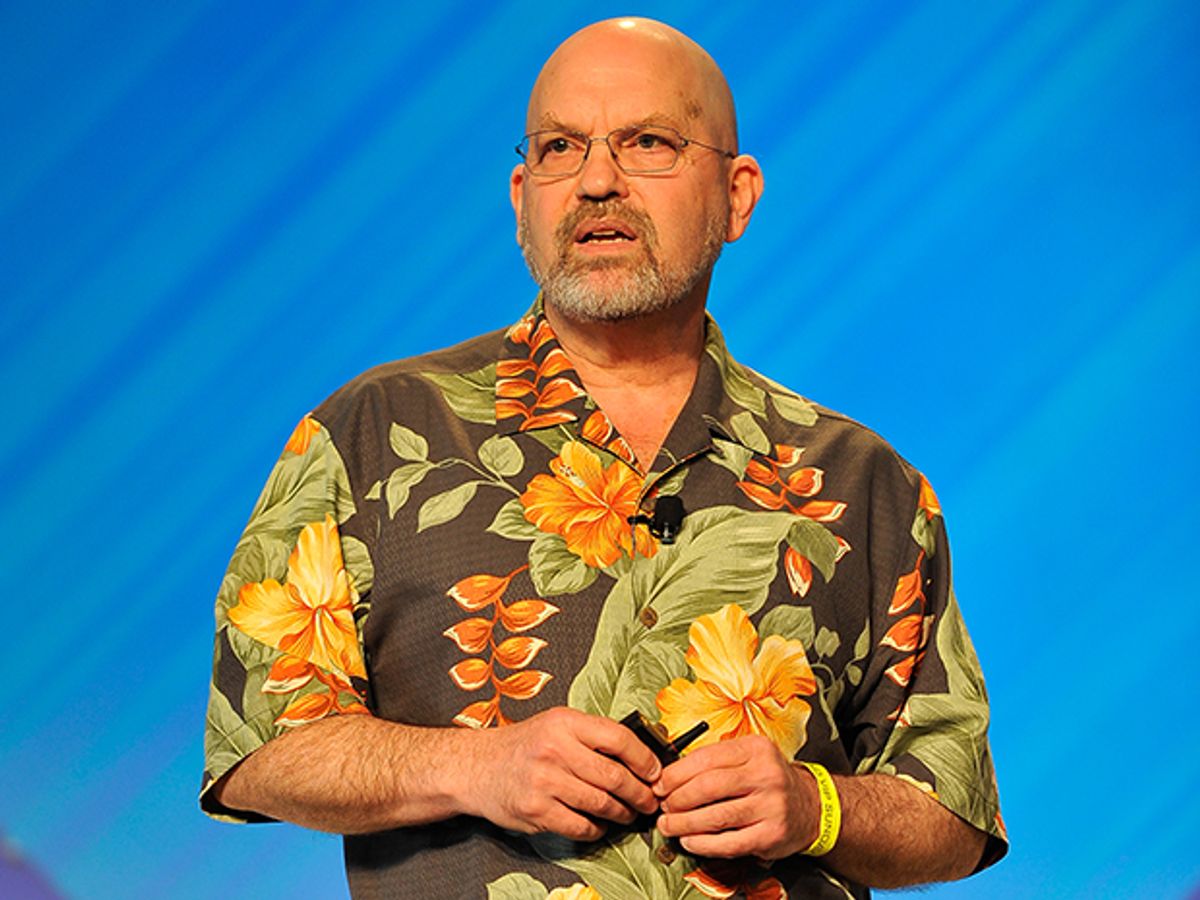Boston Dynamics unveiled yesterday a massively upgraded version of its ATLAS humanoid that is smaller, lighter, and more agile. In a video, the new robot is seen walking untethered in snow-covered woods, lifting and placing boxes on shelves, and even face-planting and immediately getting up unscathed after being pushed by an engineer. As one observer commented, “We expected [ATLAS] to turn around and blast that guy with a laser beam.”
What is perhaps most impressive about the “next generation” ATLAS is that it is just a huge technological leap forward compared to its predecessor, which was already a pretty incredible robot. The new ATLAS can do things we’ve never seen other robots doing before, making it one of the most advanced humanoids in existence. So, how did Boston Dynamics do it?
“The engineering team did a huge amount of work to make ATLAS lighter and more compact,” Marc Raibert, founder and president of Boston Dynamics, told IEEE Spectrum. “One thing we did was use 3D printing to create the legs, so the actuators and hydraulic lines are embedded in the structure, rather than made out of separate components. We also developed custom servo-valves that are significantly smaller and lighter (and work better) than the aerospace versions we had been using.” He added that there were lots of “other work by a great team that I won’t go into.”
Late last year, Raibert mentioned in a conference talk that this kind of integrated, additive manufacturing is something that Boston Dynamics was focusing on for the legs of its next-generation robots [right].
It’s hard to tell exactly how close Boston Dynamics is to this “vision for the future” with the new ATLAS, but it’s worth mentioning that they’re not the only ones taking this approach. Just this month, the Italian Institute of Technology (IIT) and control systems manufacturer Moog formed a new robotics lab to develop “next-generation actuation and control technologies for autonomous robots.” Moog has been working on these same sorts of 3D-printed, integrated hydraulic actuators for IIT’s next-generation quadruped, HyQ2Max, and we saw a prototype at ICRA last year.
Since founding the MIT Leg Lab and pioneering the concept of dynamic locomotion, Raibert, who spun off Boston Dynamics from MIT in 1992, has focused on robots that move in a nimble manner, much like humans and animals. One of his most famous creations (at least judging by YouTube views) is the BigDog quadruped, whose movements were so animal-like that many people found the robot “creepy.”
The next-gen ATLAS appears to achieve that same level of animal-like agility, with the robot slipping and stumbling on snow but rapidly recovering its balance to continue marching. Raibert said that’s all thanks to his controls team, which has been developing new algorithms and refining the old ones. “They also are taking advantage of the improved strength-to-weight ratio that this robot has,” he added, “as well as other performance improvements.”
One question that some roboticists had about the demonstrations shown in the video is whether ATLAS was being controlled by a human operator or performing its actions fully autonomously. Raibert said that for the outdoor scenes, a human provides general steering via radio while the robot uses its stereo and LIDAR sensors to adjust to terrain variations. ATLAS also does its own balance and motion control. As for the indoor scenes with the cardboard boxes, he said the robot “chases the box around and stacks the boxes autonomously, once someone gets it set up and tells it to go.”
But of course, the big question in everyone’s minds is, Why did Boston Dynamics develop this robot? The company was acquired by Alphabet in 2013, along with other robotics companies, and there’s a huge amount of interest in what they are planning on having robots like the new ATLAS do. Raibert wouldn’t give specifics, but indicated that as far as Boston Dynamics is concerned, its vision remains the same as when he started it 24 years ago. “Our long-term goal is to make robots that have mobility, dexterity, perception and intelligence comparable to humans and animals, or perhaps exceeding them; this robot is a step along the way.”
Erico Guizzo is the director of digital innovation at IEEE Spectrum, and cofounder of the IEEE Robots Guide, an award-winning interactive site about robotics. He oversees the operation, integration, and new feature development for all digital properties and platforms, including the Spectrum website, newsletters, CMS, editorial workflow systems, and analytics and AI tools. An IEEE Member, he is an electrical engineer by training and has a master’s degree in science writing from MIT.
Evan Ackerman is a senior editor at IEEE Spectrum. Since 2007, he has written over 6,000 articles on robotics and technology. He has a degree in Martian geology and is excellent at playing bagpipes.






